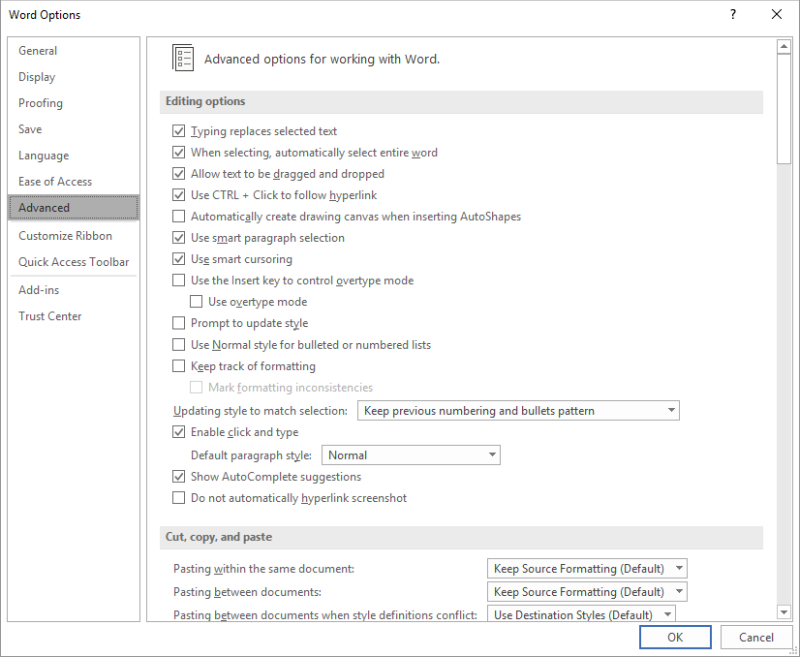Please Note: This article is written for users of the following Microsoft Word versions: 2007, 2010, 2013, 2016, 2019, and 2021. If you are using an earlier version (Word 2003 or earlier), this tip may not work for you. For a version of this tip written specifically for earlier versions of Word, click here: Applying Formatting to Words.
Written by Allen Wyatt (last updated July 29, 2025)
This tip applies to Word 2007, 2010, 2013, 2016, 2019, and 2021
The general way you accomplish tasks in Word is to select the text on which you want to perform an action and then perform the action. For instance, if you wanted to make a text selection bold, you would first select the text and then click on the Bold tool on the Home tab of the ribbon, or press Ctrl+B.
If you want to apply formatting to a single word in your document, you don't need to first select it. All you need to do is make sure the insertion point is located within the word. To test this out, follow these steps:
You can try this out with virtually any character formatting. It even works if you make changes in the Font dialog box (press Ctrl+D). Any changes you make in the dialog box are automatically applied to the entire word.
If this whole-word formatting doesn't work for you, it could be because of the way you have Word Options configured. Check this setting:

Figure 1. The Advanced options of the Word Options dialog box.
This setting controls not only how words are selected, but also how they are formatted when using the technique described in this tip. If the check box is selected, then the formatting works as described here; if the check box is not selected, then whole-word formatting won't work.
WordTips is your source for cost-effective Microsoft Word training. (Microsoft Word is the most popular word processing software in the world.) This tip (8794) applies to Microsoft Word 2007, 2010, 2013, 2016, 2019, and 2021. You can find a version of this tip for the older menu interface of Word here: Applying Formatting to Words.

Learning Made Easy! Quickly teach yourself how to format, publish, and share your content using Word 2021 or Microsoft 365. With Step by Step, you set the pace, building and practicing the skills you need, just when you need them! Check out Microsoft Word Step by Step today!
You can format your text to use some very, very large font sizes. The results you see from formatting with large fonts ...
Discover MoreWhen you open documents that were created a long time ago on a system far, far away (sounds almost epic, doesn't it?), ...
Discover MoreWord provides quite a bit of latitude when it comes to formatting your underlines. This tip looks at how to best change ...
Discover MoreFREE SERVICE: Get tips like this every week in WordTips, a free productivity newsletter. Enter your address and click "Subscribe."
There are currently no comments for this tip. (Be the first to leave your comment—just use the simple form above!)
Got a version of Word that uses the ribbon interface (Word 2007 or later)? This site is for you! If you use an earlier version of Word, visit our WordTips site focusing on the menu interface.
Visit the WordTips channel on YouTube
FREE SERVICE: Get tips like this every week in WordTips, a free productivity newsletter. Enter your address and click "Subscribe."
Copyright © 2026 Sharon Parq Associates, Inc.
Comments